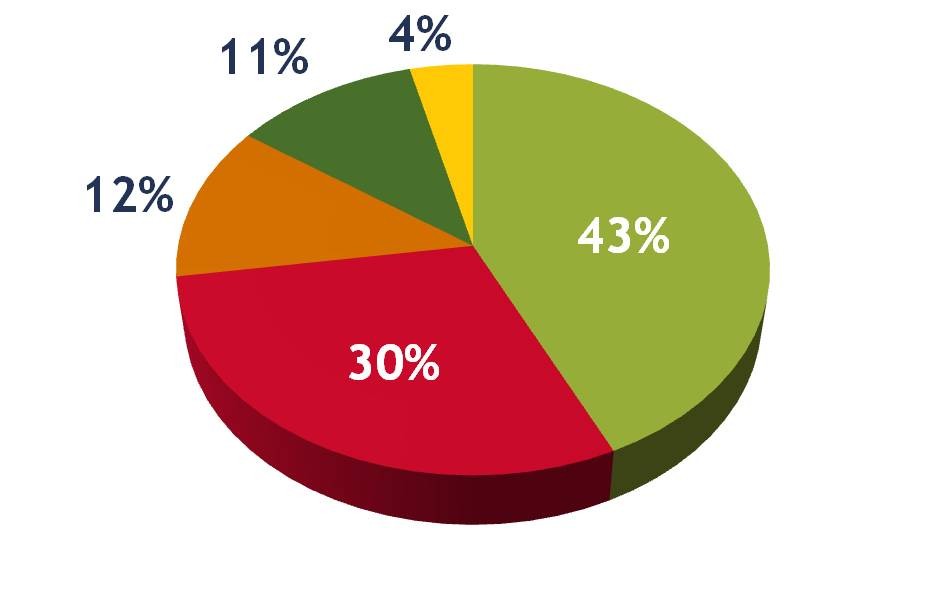The Study of Business Growth Stages of Business Growth
Post on: 29 Март, 2015 No Comment

With the activity that growth creates, the organizational structure at that stage becomes inefficient and unwieldy, thus restricting the growth. It is only when the inefficiencies of that level are solved and changes in the organizational structure are made that the business can evolve into the next stage of growth.
With proper planning, the transitions can be accomplished smoothly. Below are the phases of growth most companies undergo and the solutions to smoothly transitioning into the next level.
The Creative Stage
This is the stage at which a business is starting up. During this stage, plans about how the business should be operated are conceived and put into effect. The entrepreneurs create products and enter into markets. At this stage, the staff is few in number so communicating informally works very well. The rewards for putting in long hours of work are usually through stock options or a share in the profits. However, a more formal system of communication is required as an expansion of production is started and more capital is invested. This may also cause an increase in the staff.
This stage culminates with a crisis in the leadership, where the business needs to be managed more professionally. While the founding entrepreneurs may assume this role by changing their style of working, usually somebody new has to be hired.
Directional Growth
With communications becoming more formalized, budgets being made, and the focus on separate business activities such as production and marketing increasing, there is a continuation of growth. Stock options are replaced by incentive schemes as reward for better work.
However, at a certain point with the increase in processes and products, there is not enough time during the day for a single person to handle all of them and it is not possible for him or her to know as much about the services or products as the people lower down in the organization.
This stage ends with a crisis in autonomy. New structural changes have to be made which involves delegation of work.
Growth by Delegation
With managers at the mid-level freed up, it allows them to respond speedily to the possibilities of newer products or newer markets. There is a continuation of the growth of the organization with the management at the top keeping track of and handling larger issues such as looking for opportunities of acquisition or mergers. During this phase, many companies begin to flounder because the manager, whose directional approach at an earlier stage resolved the problems then, finds it difficult to relinquish the reins and the managers at the mid-level struggle to handle their new leadership roles.
The culmination of this stage is a crisis in control. The management at the top has to function in a more sophisticated way and the various parts of the organization need to learn to work more harmoniously with each other.
Growth via Monitoring and Coordination
There is a continuation of growth with the re-organization of the units of the business, which were isolated previously, into groups of products or services. Financial investment is distributed centrally and is managed based on ROI (Return on Investments) and not merely on profits. The apportioning of incentives is based on profit sharing schemes which are applied throughout the company and are important to the goals of the enterprise. However, eventually, the work gets adversely affected by increasing levels of bureaucracy which results in the stifling of growth.
This stage culminates with a crisis of red-tape. A new structure and culture has to be devised.
Collaboration as a Means of Growth
The formal managerial controls of the previous stages are substituted with the re-grouping of staff into flexible teams that are able to deliver projects according to structural matrices backed by sophisticated systems of information, along with financial remunerations that are team-based.
This stage ends with the crisis developing in the internal development of the business which can be resolved by creating partnerships with related organizations.
Growth via Solutions outside the Organization
There can be a continuation of the growth within the organization by mergers and smaller corporation buyouts, creating networks that are complementary, provide strong outsourcing sources, and may provide other solutions that involve business enterprises.
The rates of growth will differ between and within each stage. The extent of each stage is almost entirely dependent on the growth rate of the market wherein the business operates. The longer the duration of a stage, however, the more difficult it becomes to transition out of it.
In essence, a business enterprise must have the ability to find out which stage of growth it is in and be prepared to deal with the challenges that are forthcoming. In addition, it is essential for managers to be trained and the business developed so that it allows for both individual and corporate growth.














